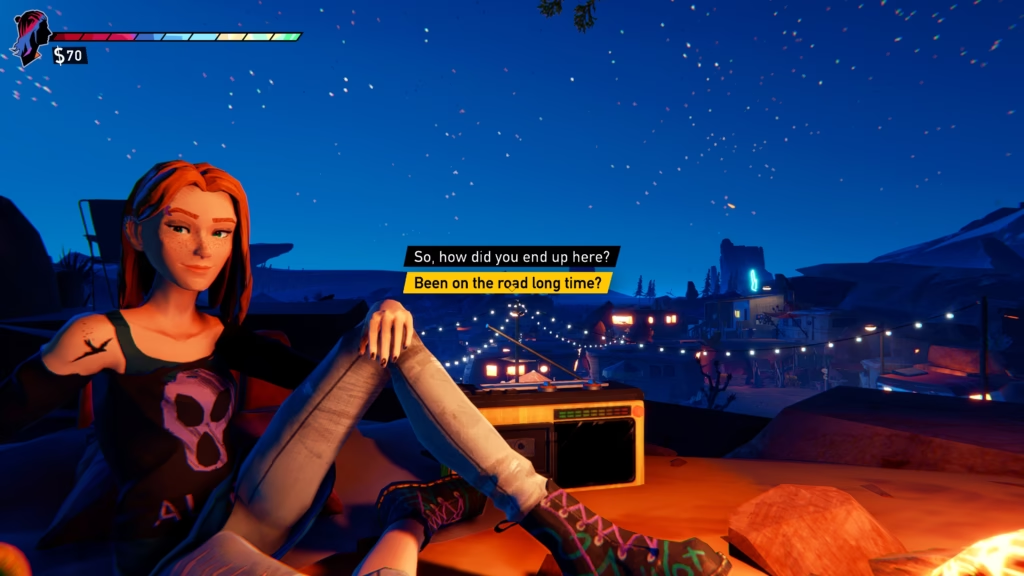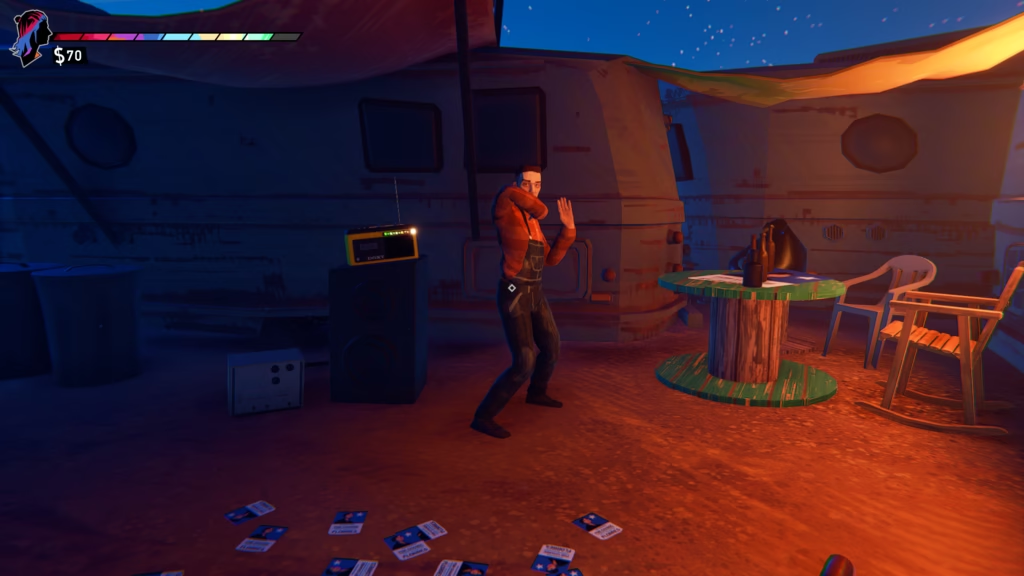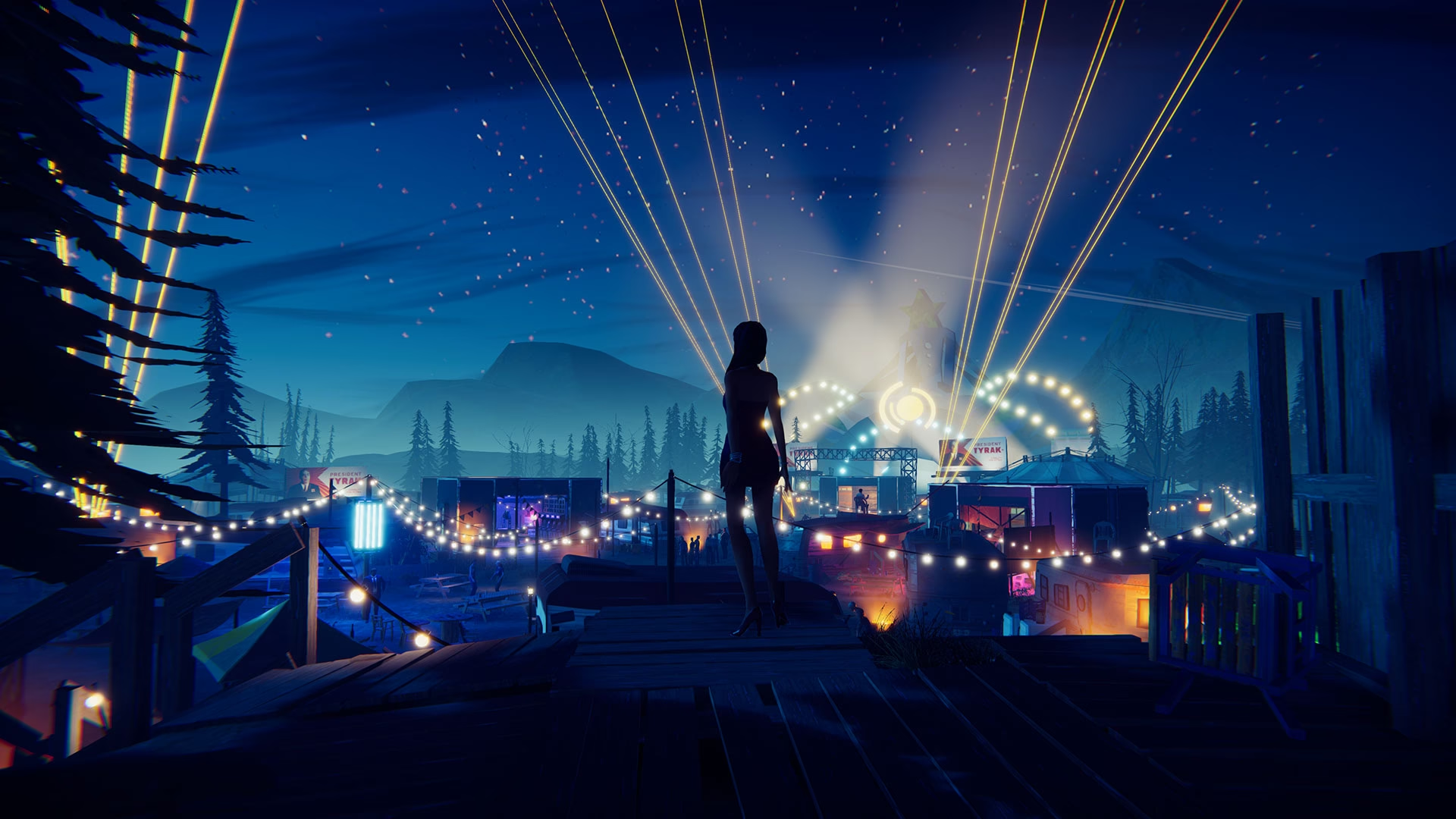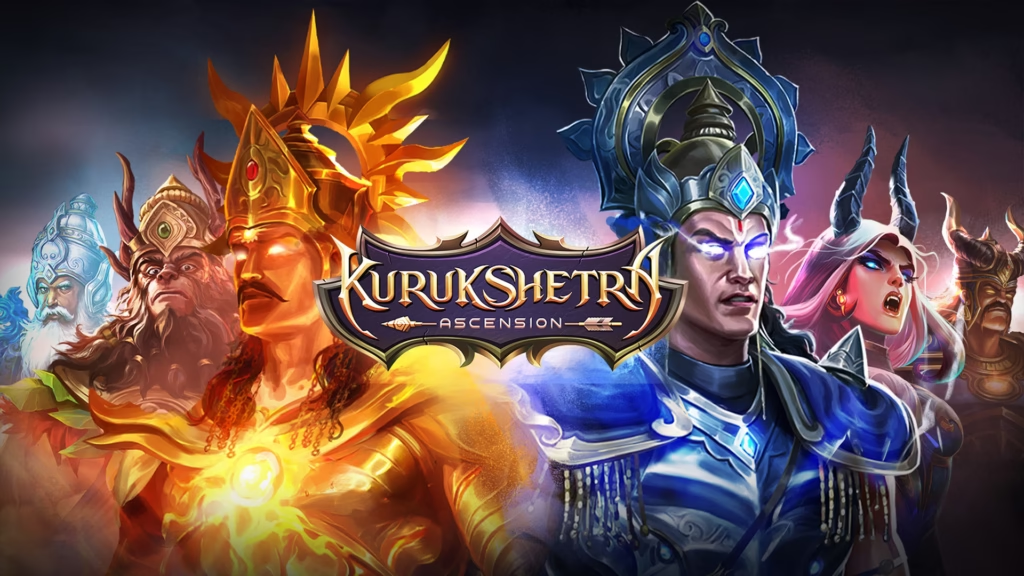Backlogged is a series that sees us revisit games which for one reason or another passed us by when they first launched, but always occupied a special place on our backlog. That is, until now.
One of the biggest attractions of getting Story Mode off the ground was the ability to lavish as much time and effort, and as many bytes, on narrative adventures as my heart desired. What started off as a guilty pleasure during the glory days of Telltale Games swiftly transformed into a full-blown area of interest, and soon enough I was replaying the Life is Strange games just to see “what would happen if I did x instead of y”.
In a time when hardly any narrative adventure — whether big budget or indie — slipped me by, 2021’s Road 96 by DigixArt was an anomaly. Now four-or-so years later, I finally got down to giving it a whirl. And while it certainly scratched the itch, it also left me wanting a bit more polish and cohesion. But we’re getting ahead of ourselves here, so let’s start off with a nice little trailer, shall we?
What grabbed most of the headlines post-launch was that according to the developers, the procedurally generated Road 96 gave players “148,268 story permutations” to work with. In order to experience a tiny percentage (at the very least) of these permutations, I embarked on two playthroughs. The game puts you in the shoes of at least six anonymous teen runaways each time, and makes you live through their respective quests to escape the tyrannical country of Petria by heading across the border to the north. I particularly enjoyed the way the game portrays the setting, the political strife, debates such as the ol’ “freedom fighter versus terrorist” chestnut, and so on.
Over the course of these journeys to the border, you encounter seven key NPCs — and it’s the interactions with them that shape your journey. These include a burly trucker, a noisy TV anchor, a dimwitted pair of robbers, a child prodigy when it comes to technology, a fellow runaway, an upright policewoman and a surly taxi driver. The procedural-generation lies the mix-and-match of different segments, with each of them that together make for a story. Over the course of my runs, I played as a total of 13 teens — which meant around 70 to 80 segments, because I didn’t run into all seven NPCs every time — and only experienced one repeated segment. A pretty good strike rate, I’d say.

The gameplay is quite basic, but does what it’s supposed to — which is the most important thing. Move around with the left thumbstick and use the right one as a cursor to select objects or options. My only concern with the cursor (or crosshairs if you prefer) is that it was extremely imprecise and that some mini-games are rendered an exercise in futility because of the clunky control scheme. Speaking of which, there are a tonne of interesting and quirky mini-games that pop up all over the place and do a great job in changing the pace of proceedings. The survival-lite mechanics (need to earn money, eat, drink, and get rest to survive) were fun without being challenging, which is a good thing because it doesn’t distract from the task at hand.
Visually, the game has a comic book-like art style that isn’t particularly polished, but again, does what it’s supposed to, and looks adequate for the task at hand. It’s in the audio section though that things get a great deal worse. I will concede that some of the tracks on the soundtrack are incredibly catchy earworms, but the majority tend to be middle-of-the-road tunes that turn progressively annoying every time they loop — which can be a lot of times on certain levels. But all of that pales in comparison to the voice acting that ranges from the absolutely wooden to supremely corny. Worse yet, with some of the characters, the voice acting feels as if it’s been done by people who’ve been told about certain accents and inflections, but never heard them for themselves.
In the grand scheme of things, these are aspects of narrative adventures that I can overlook provided the ‘narrative’ part is top-notch. And this is where Road 96 hits the skids. The individual story segments and the overall narrative arcs are very good. It’s just that when it comes to putting the pieces together procedurally, the game doesn’t do a very good job. In fact, I’d go as far as to say that this killed a lot of my immersion in the story. The way Road 96 works is that there are x number of scenes involving each of the key seven NPCs and the game shuffles them around to give you one of the 148,268-story permutations (why not just add 1,732 more and make that an easier number to remember?).
Right, now you’d expect the segments to flow into one another, and they do. For the most part. That is to say, except when they don’t, and I was left gnashing my teeth in frustration when my character would seemingly have forgotten something that happened or someone they met in only the previous segment. Also, the player character (all the anonymous teens) seems grossly incompetent at recognising voices. For instance, if you are meeting a certain character, and they are talking to another character (one you just met recently) over CB radio, you still won’t recognise the voice or have access to the dialogue options that suggest you’ve met the person before. It’s infuriating and took a major toll on my enjoyment of the game.

The bottom line under all of this is that I’m glad I played Road 96 and I plan to do so again at least once (each playthrough takes between seven and nine hours) more. Despite the glaring narrative inconsistencies, average dialogue (I didn’t allude to it before because it’s just so forgettably plain) and awful voice acting, I loved the premise and the manner in which stories unfold. I also enjoyed the high-stakes decision-making, such as choosing whether to expend my scant energy on hitchhiking or spend my dwindling cash reserves on bus fare. I am hopeful however that a sequel or unrelated project along the same lines will do better with the procedural generation. And that time around, I’ll play it at launch.
Game Pass version of the game reviewed on Xbox Series X


